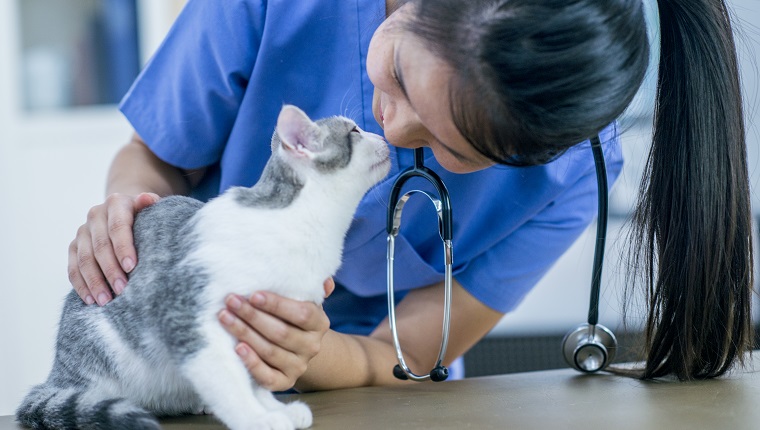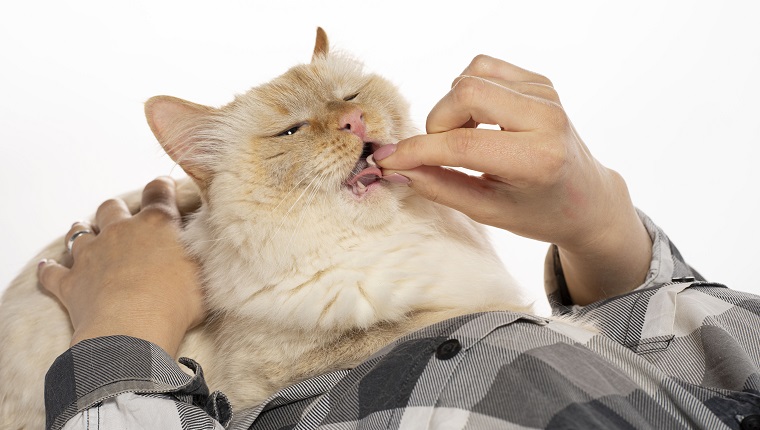Ketoconazole for cats is an anti-fungal medicine that veterinarians primarily prescribe to treat fungal infections. It’s the generic name for a drug that’s also sold under the brand name Nizoral.
The medication works by stopping cortisol from forming in the cat’s adrenal glands. It comes in tablet form and requires a veterinarian’s prescription to purchase. Closely follow your vet’s instructions for the correct and safe dosage and frequency.
You can easily order ketoconazole for your cat online from Chewy’s pharmacy with your vet’s prescription. Here’s what you should know about the uses, dosage, and side effects of ketoconazole for cats.
Uses Of Ketoconazole For Cats
Veterinarians generally prescribe ketoconazole for cats to treat fungal infections. However, vets will often rely on other medications for cats due to this drug’s risk of side effects in felines.
Sometimes vets also use it to treat Cushing’s disease, a rare condition where a cat’s body produces too much cortisol.
The medicine works by preventing cortisol from forming in the cat’s adrenal glands.
Dosage Of Ketoconazole For Cats

The following is a guideline for typical use of the drug in cats and must not replace your veterinarian’s advice for your individual pet.
Veterinarians usually prescribe ketoconazole for cats in a dosage of 2.5 to 5 mg per pound of the animal’s body weight, though the dosage can be considerably lower or higher depending on the condition or the severity and spread of the fungal infection that requires treatment.
Your vet will determine the appropriate dosage and length of treatment for your individual cat. While administering the drug to a cat, it’s vital to also make sure that they’re drinking enough water.
It’s important to always follow the exact dosage and administration instructions as detailed by your vet. This includes the length of time you should give the medicine to your cat. Even if symptoms clear up early, you must finish administering the full course of medication to your cat unless your vet tells you to stop.
Side Effects Of Ketoconazole For Cats
Ketoconazole can produce a range of side effects in cats. Common side effects of ketoconazole include:
In some cases, this drug can also contribute to liver toxicity in cats. In general, pregnant felines shouldn’t take this medication.
If your cat accidentally takes too much of the drug and suffers from an overdose, then you must contact your emergency veterinarian right away.
Has your vet ever prescribed ketoconazole to your cat for a fungal condition? Did it help your cat recover? Let us know in the comments section below!







